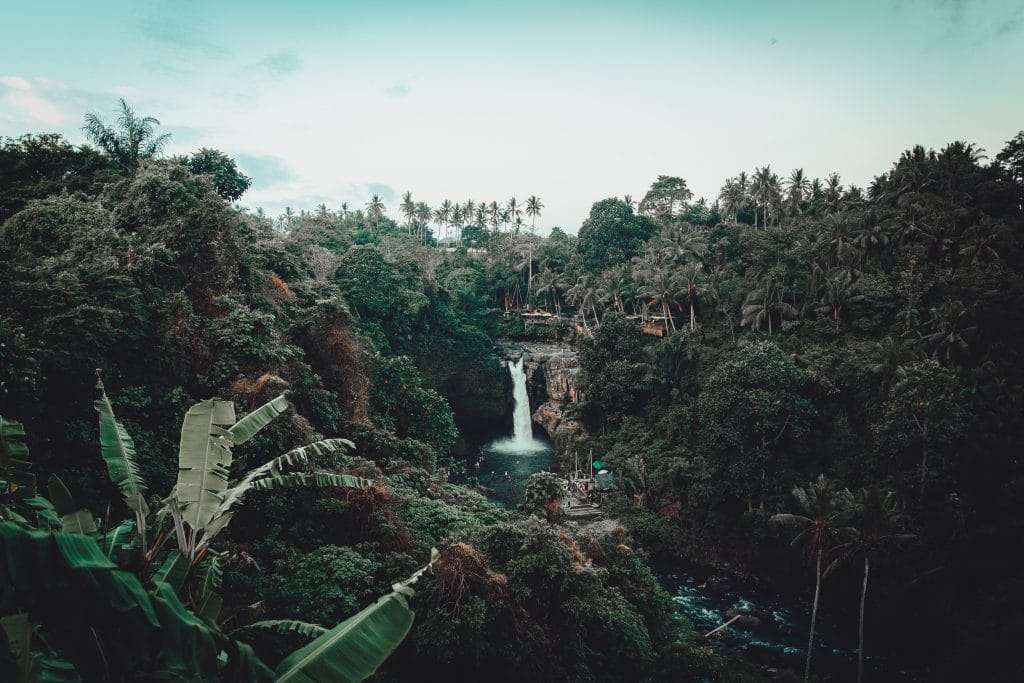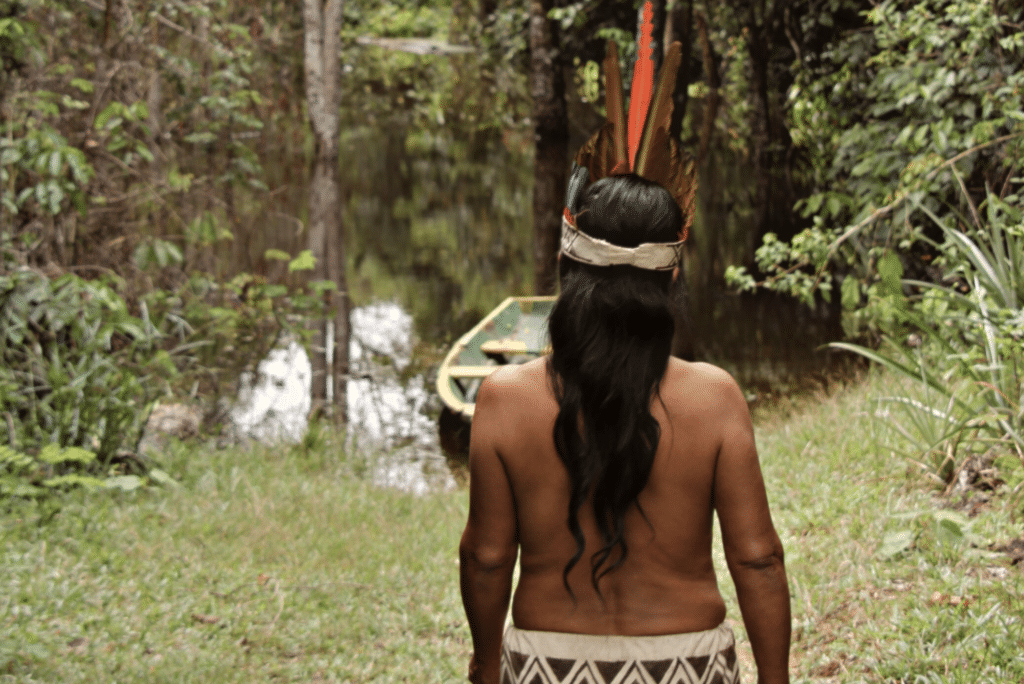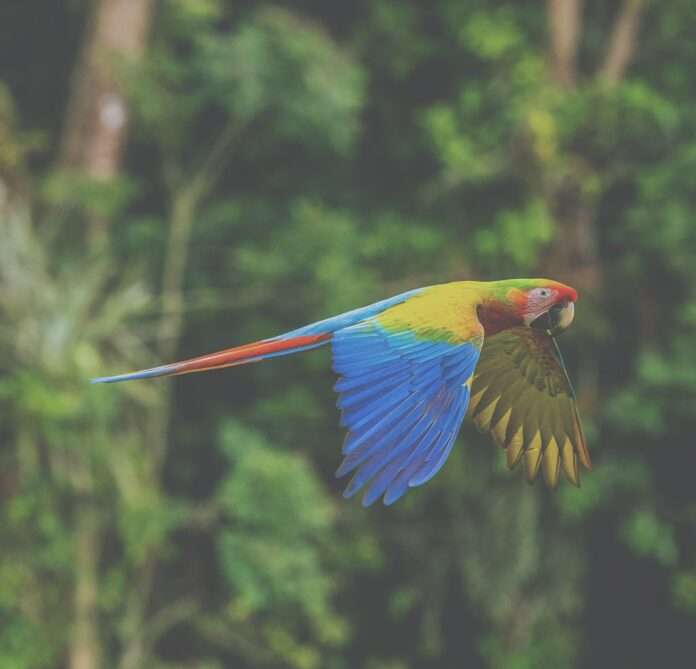The future of the Amazon Rainforest has been in the limelight as recent developments in Ecuador, Brazil, and international investment converge to shape its destiny.
In a decisive referendum held in Ecuador earlier this month, the country voted against oil drilling in a protected region of the Amazon that houses a biodiversity hotspot. This area, known as Block 43 within Yasuni National Park, is home to isolated tribes such as the Tagaeri and Taromenani as well as numerous unique species.
The rejection of oil exploration came as 60 percent of Ecuadorians said ‘no’ to operations in the area. “Ecuadorians have come together for this cause to provide a life opportunity for our Indigenous brothers and sisters and also to show the entire world, amidst these challenging times of climate change, that we stand in support of the rainforest,” Nemo Guiquita, a leader of the Waorani tribe, said in a statement earlier this week.
This decision marked a significant setback to Ecuadorian President Guillermo Lasso and state oil company Petroecuador, which currently produces nearly 60,000 barrels a day in Yasuni. Indigenous leader Guiquita further noted, “We hope that with this public consultation, there will be a path marked by the fact that the decision belongs to the people and that we can remove all those who are extracting oil and polluting our land.”

Parallel to Ecuador’s domestic efforts, eight Amazon nations participated in a major summit in Brazil earlier this month to address regional environmental challenges. Though they were unable to agree on a common deforestation goal, the summit culminated in an alliance to combat forest destruction, enabling individual countries to pursue their objectives.
The summit also revealed deeper fractures within the region, with leaders such as Brazilian President Luiz Inacio Lula da Silva pushing for more unified policies, while others pushed for less. The inability to forge a united stance prompted criticism from environmentalists. “The planet is melting, we are breaking temperature records every day. It is not possible that, in a scenario like this, eight Amazonian countries are unable to put in a statement — in large letters — that deforestation needs to be zero,” Marcio Astrini of the Climate Observatory, said in a statement.
Furthermore, the summit grappled with issues around oil development and failed to fix a deadline for ending illegal gold mining. However, agreements were reached to cooperate on issues such as water management, health, and sustainable development, and to establish an authoritative science body related to the Amazon rainforest.
In a positive turn for environmental protection, the Rockefeller Foundation has invested $5 million into “The Amazon Reforestation Fund” initiated by Mombak, a Brazilian startup. This is part of a $100 million financing to support a significant reforestation effort in the Amazon region.

Maria Kozloski, Senior Vice President of Innovative Finance at The Rockefeller Foundation, underscored the significance of this initiative: “Nature-based solutions could help reduce one-third of the necessary global emissions by the end of the decade, but remain grossly underfunded, with an estimated $700 billion financing gap per year.”
Mombak’s first project in Northern Brazil will plant three million trees and create more than 50 local jobs. The tree varieties will range from more than 100 native species, including 200,000 seedlings of endangered species. Mombak’s CEO, Peter Fernandez, confirmed the Rockefeller Foundation’s investment. “One of the biggest issues in our industry is trust. We are working to create the world’s highest-integrity carbon projects.”
“We want to raise the bar in the industry, and we know that our investors and partners will help us in this process,” Fernandez said. “Through an investor and customer-led product development initiative, we dedicated more than a year to meeting the most demanding specifications and requirements with respect to carbon removal, biodiversity, sustainable resource use, and interaction with local communities, among other impact indicators.”
Related on Ethos:



